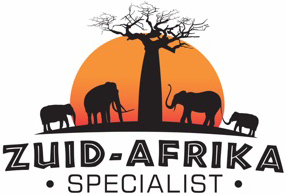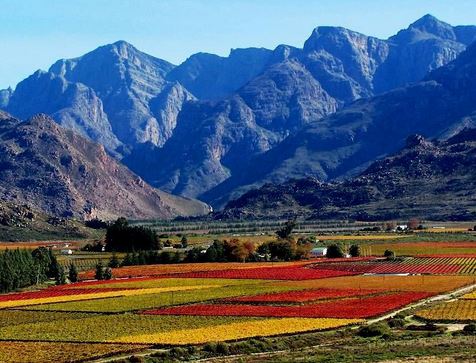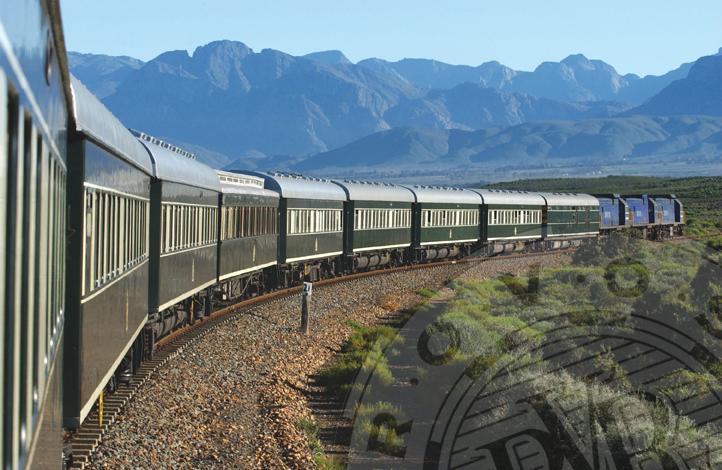Botswana
The Republic of Botswana is located in southern Africa and borders South Africa in the south and southeast, Zambia in the northeast, Zimbabwe in the east and Namibia in the north and west. The capital and largest city is Gaborone in the south-east of the country. The official language of the country is English, but many Setswana are spoken among the population.
The area of Botswana is almost 600,000 square kilometers (16 times the size of the Netherlands) and has a very low population density. The maximum length from the east to the west of the country is 1050 km and from north to south 920 kilometers.
Botswana is known for the great diversity of animals, including the Big Five, and the huge population of elephants that the country has. Compared to the rest of Africa, Botswana has remained well protected against poachers because of the high penalties for poaching. According to statistics, the country has 164 species of mammals, 157 species of reptiles, eighty species of fish, 550 species of birds and countless species of insects.
The Okavango Delta is a unique area in the north of the country, a beautiful green and relaxing swamp area. Here the 1,600-kilometer-long Okavango River flows into the Kalahari, the river branches into numerous streams and this causes an inland delta to emerge. It is a breathtaking area with islands, streams, papyrus, grass and reed fields and water lilies. All animals occurring in Botswana, with the exception of rhino, also live in the Okavango Delta. Partly located in the Delta is the wild-rich Moremi game reserve, which in turn borders the well-known Chobe National Park. What is special about Botswana is that there are no gates around the reserves and the animals can therefore migrate freely between the various game parks. Both game parks are very popular safari destinations.
Another special area can be found in the north-east of Botswana: the Makgadikgadi and Nxai Pan. This is one of the largest salt flats in the world and is a remnant of the huge Makgadikgadi lake that dried up thousands of years ago. Nowadays it is not just one large salt pan, but several smaller ones with desert in between. In the part called the Sua Pan lies the magical Kubu Island: a rock formation full of beautiful Boababs in the middle of the bare flat salt pan. Due to the drought and heat, virtually no flora is possible, which means that there is therefore no food for animals. However, when the rainy season starts, many animals (including wildebeest and large herds of zebras) migrate through this area.
The majority of Botswana is flat, with the exception of the rocky hills south-west of the town of Shakawe in the north of the country. These mysterious hills play a major role in traditional religions and you will find many rock drawings of the Bushmen.
The country does not have an extensive road network, but that is not necessary as there are not many villages / towns. A large part of the roads are unpaved and there are regularly cattle and game on the road (including elephants!). You will regularly come across a spring grate, these secretions are to prevent the spread of possible diseases such as foot-and-mouth disease. In the parks, the roads are often poor and a 4×4 vehicle is strongly recommended. Also make sure that you always have enough water, food and possibly reserve gasoline and oil with you. If you are going to camp in Botswana in the National Parks, bring enough wood for lighting, heat and preparing meals. The campsites in these parks are usually primitive and without electricity.
Botswana makes every effort to protect its nature and wild animals from the influence of humans as much as possible. As a result, only a limited number of vehicles are permitted at a number of camps in the national parks. The vehicles of the camp itself, such as safari cars, are also included. This is the reason that, for example, the camps of & Beyond Savute Under Canvas and Chobe Under Canvas do not allow guests to use their own transport. At many remote small camps you can only come by means of a transfer from the relevant camp.
-
Please note that many things in Botswana have to be paid in cash (park entrance fees etc). So make sure you have enough cash in your pocket.
- The currency of Botswana is Pula, but US dollars and South African Rands are usually also accepted (or even Euros).



